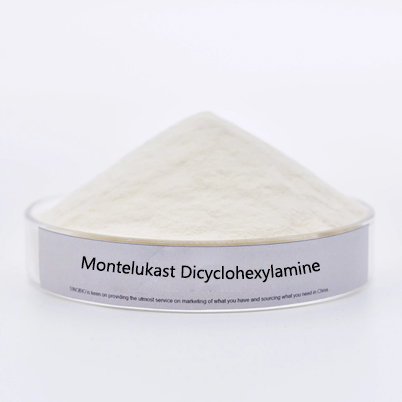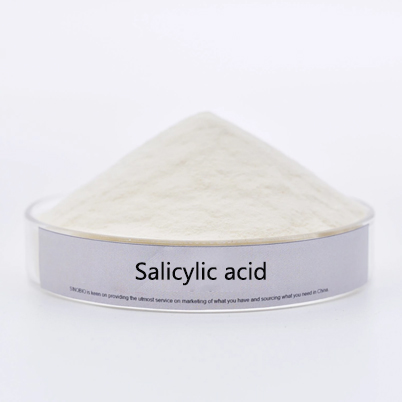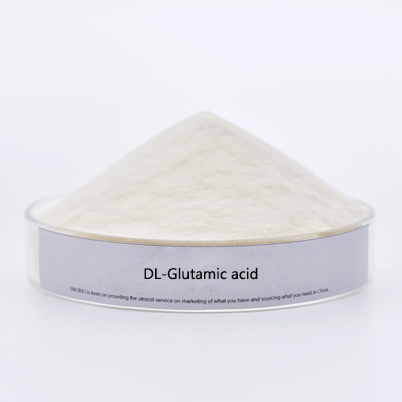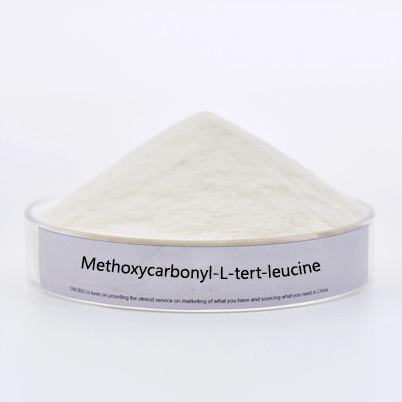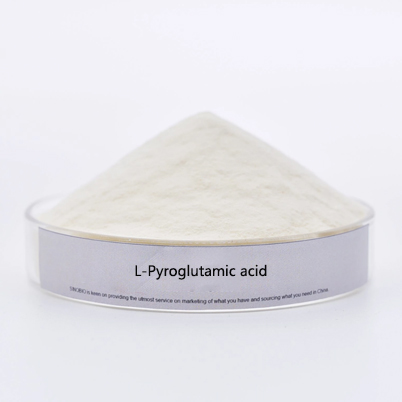- E-mail : info_medicalmarketing@jindunmedical.com
- Phone : +86 21 64057580
- Address : Shanghai China
Clinical data and adverse effects of venetoclax combined with azacitidine in the treatment of myelodysplastic syndrome
On July 21, 2021, the U.S. Food and Drug Administration (FDA) granted Breakthrough Therapy Designation (BTD) to the BCL-2 inhibitor Venclexta, in combination with Azacitidine, for previously untreated adult patients with intermediate, high and very high risk myelodysplastic syndromes (MDS).
MDS is a rare blood cancer that progressively affects the ability of the bone marrow to produce normal blood cells. It can also lead to symptoms such as weakness, frequent infections, anemia and fatigue. In some cases, MDS will progress to acute myeloid leukemia (AML).
There are different classifications of MDS from very low to very high risk based on bone marrow composition, blood counts and chromosomal alterations. Approximately half (45%) of patients present with high-risk MDS and have a median survival (OS) of approximately 18 months.
Venetoclax is the world's first novel orally targeted agent that specifically targets the BCL-2 protein, selectively targeting binding to BCL-2 and inhibiting its activity, thereby restoring the process of apoptosis in tumor cells.
Apoptosis is a way to cause tumor cell death, yet some blood cancers and solid tumor cells highly express BCL-2 protein, which inhibits the onset of apoptosis.
Trade name: Venclexta/Venclyxto
Generic name: Venetoclax (VEN, Venetoclax)
Target: BCL-2
First approval in the US: April 2016
First approval in China: not yet approved
Approved indications: chronic lymphocytic leukemia (CLL) or small lymphocytic lymphoma (SLL); acute myeloid leukemia (AML)
Clinical Data
This breakthrough therapy designation is based on a Phase Ib, open-label, non-randomized, multi-center, dose-exploration study, M15-531 (NCT02942290). The trial was designed to evaluate the pharmacokinetics and safety of vinetoclax in combination with azacitidine in patients with previously untreated, high-risk MDS and to determine the recommended dose (RP2D) and dosing regimen for a phase II trial.
The M15-531 study consisted of two parts: a dose-escalation part and a safety extension part. Venetoclax was initially administered at a dose of 400 mg or 800 mg for 28 consecutive days with a 28-day treatment cycle. Due to intolerance in MDS patients, it was later modified to an escalating dose, from 100 mg to 200 mg to 400 mg over a 28-day cycle for 14 days. Azacitidine was administered subcutaneously or intravenously at a dose of 75 mg/m^2 on days 1 through 7 of each 28-day cycle.
Population characteristics of enrolled patients included a median age of 71 years (26 to 85 years), 75% of patients were male, and 89% of patients had an ECOG score of 0 to 1.
As of December 31, 2019, a total of 57 patients had been treated with vinetorc combined with azacitidine.
The data showed that at a median follow-up of 13.0 months (95%, confidence interval: 11.3-15.6), the objective remission rate (ORR) achieved with dual therapy was 77%, with a complete remission (CR) rate of 42% and a bone marrow CR (mCR) rate of 35%. Of these patients, 40% achieved mCR and hematologic improvement. No patients experienced partial remission (PR) after treatment.
In addition, the median duration of remission (DOR) for this combination regimen was 14.8 months, median progression-free survival (PFS) was 17.5 months, and median overall survival (OS) was not yet reached (NR).
Adverse effects
In terms of safety, all patients reported at least 1 adverse event (AE), with the most common AEs including constipation (54%), neutropenia (51%) and nausea (51%).
Grade 3 or higher adverse reactions were experienced by 97% of patients, which included neutropenia (51%), febrile neutropenia (46%), and thrombocytopenia (30%).
The most common serious adverse reaction was febrile neutropenia (42%).
Conclusion
This data suggests that vinetoclax in combination with azacitidine demonstrates encouraging efficacy, including durable responses, and an acceptable safety profile in patients with high-risk MDS.
-
date
2022-10-09
-
location
Shanghai, China






































